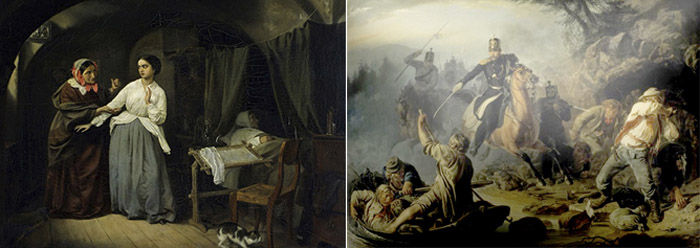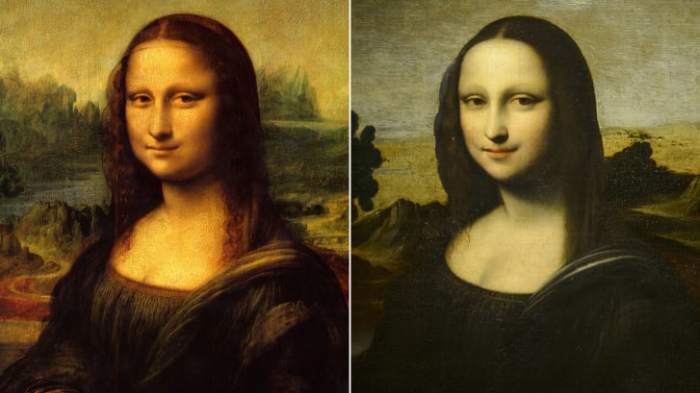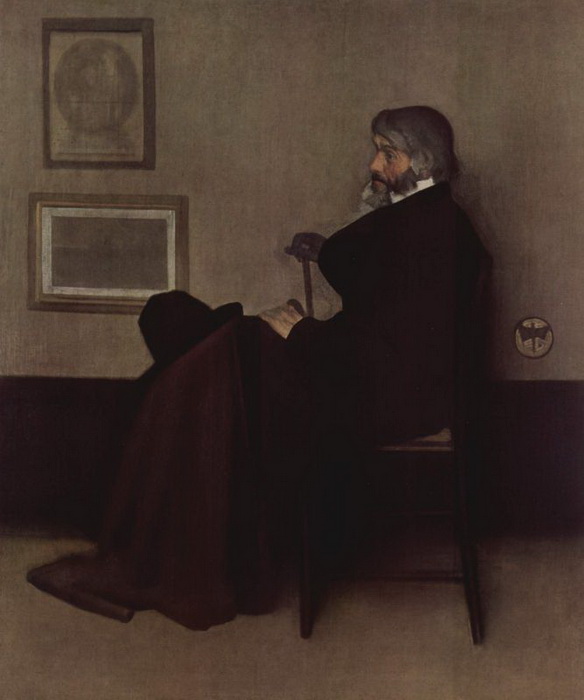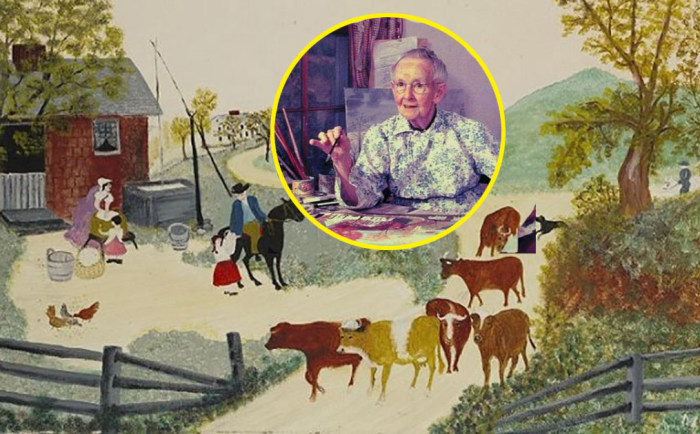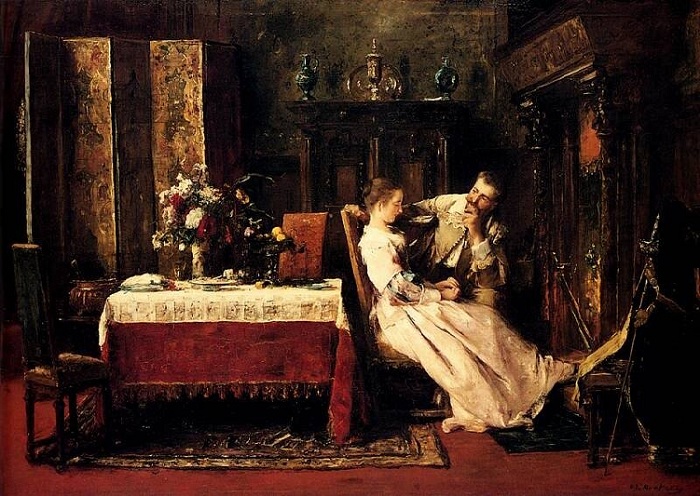picture has
Paintings of an artist who has loved one woman and one city for 60 years
 It is not often that fate favors artists with benefits at the same time in all areas of life. Few people manage to walk a life and career on a smooth road, without bumps and sharp turns. Konstantin Fedorovich Yuon is one of such minions of fate. He was lucky in his work, he was lucky in marriage … And what else does a creative person need? Today in the review is an amazing story of the artist’s tremulous love.
It is not often that fate favors artists with benefits at the same time in all areas of life. Few people manage to walk a life and career on a smooth road, without bumps and sharp turns. Konstantin Fedorovich Yuon is one of such minions of fate. He was lucky in his work, he was lucky in marriage … And what else does a creative person need? Today in the review is an amazing story of the artist’s tremulous love.
Konstantin Fedorovich Yuon (1875-1958) – Russian painter, landscape master, theater artist, art theorist, with the title of academician of the Academy of Arts of the USSR, national artist, Stalin Prize laureate. And if in a nutshell to characterize his artistic work, then Konstantin Yuon was an excellent master of urban landscapes and theatrical scenery. He painted portraits, portrayed Russian nature and monuments of ancient architecture, painted ancient provincial Russian cities and small villages. Well, of course, he devoted the lion’s share of his heritage to Moscow, where he was born, lived his whole life and loved immensely.
Yuon began his work with the golden shining domes of Russian churches, the place of which after the revolutionary events was taken by large-scale canvases depicting parades on Red Square. Continue reading
Secrets of “Ladies with an Ermine”: What does the cute animal in the painting of Leonardo da Vinci hide
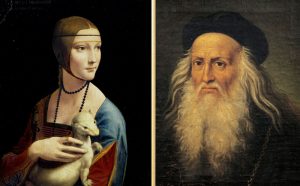 “The Lady with the Ermine” (1489-1490) is one of the most important works of all Western art, the subject of the greatest rarity of the genius Leonardo da Vinci and one of the four famous female portraits of the master. Modern art critics are sure – the white animal in the picture appeared for a reason.
“The Lady with the Ermine” (1489-1490) is one of the most important works of all Western art, the subject of the greatest rarity of the genius Leonardo da Vinci and one of the four famous female portraits of the master. Modern art critics are sure – the white animal in the picture appeared for a reason.
Transformation of the picture
To date, only a small part of the picture has remained genuine, the rest has been repeatedly retouched: the entire background was darkened, the dress was changed, and the transparent veil worn by the woman was repainted in combination with hair color. Another adjustment of the unknown restorer was the addition of dark shadows between the fingers of her right hand (upon careful examination of the two lower fingers it is noticeable that they are significantly inferior to the others). However, the most important discovery of the picture was that the Italian artist did not write the work in one stage, but in three clearly distinguishable stages. Continue reading
